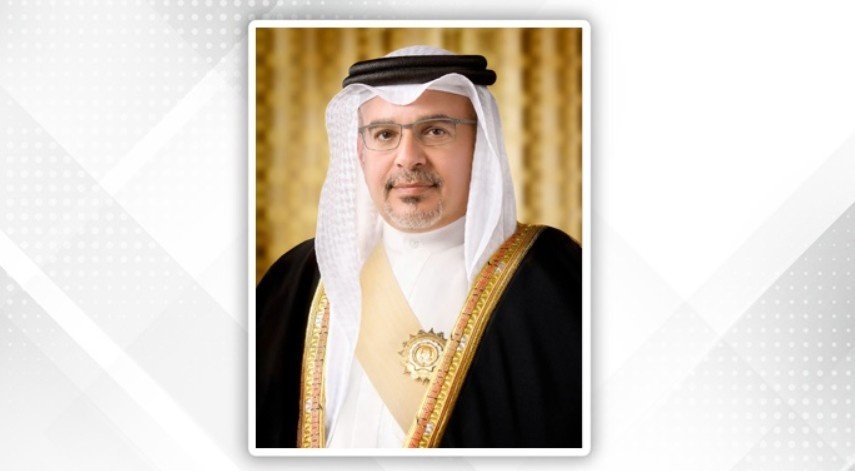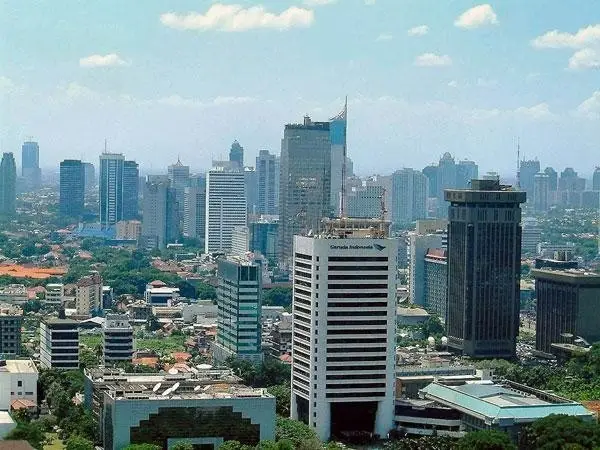Rabat — Morocco’s National Telecommunications Regulatory Agency (ANRT) has introduced a landmark reform obliging telecom operators to share fiber optic infrastructure, in a bid to transform the country’s digital landscape and break long-standing monopolistic practices.
Issued under Decision DG/05/2025 on March 4, the ruling requires the country’s three main operators—Maroc Telecom, Orange, and Inwi—to provide non-discriminatory, transparent access to their fiber networks. Operators will function either as Infrastructure Operators (IOs), leasing fiber to rivals, or as Commercial Operators (COs), delivering services via other networks in areas lacking their own coverage.
The framework mandates clear pricing rules, published access rates, and automated web-based systems for service requests, after-sales support, and coordination between IOs and COs. It aims to reduce duplication, accelerate rollout, and avoid disputes similar to those that marred earlier ADSL copper-sharing efforts.
The reform also coincides with leadership change at Maroc Telecom, as Mohamed Benchaaboun takes over from Abdeslam Ahizoune, who led for 27 years amid accusations of anti-competitive practices. In a sign of quick adoption, Inwi has already opened its Fiber-to-the-Home (FTTH) network to competitors as of March 13.
This decision aligns with Morocco’s Digital 2030 strategy, which targets growing fiber-ready households from 1.5 million in 2022 to 5.6 million by 2030. Currently, fewer than one million households subscribe to fiber, but planned investments of MAD 20 billion ($2 billion) are expected to accelerate adoption.
Consumer pricing remains regulated, but analysts predict gradual declines as infrastructure sharing optimizes costs. Importantly, the framework lays essential groundwork for 5G rollout, with spectrum tenders expected at GITEX Africa in Marrakech next month.
By mandating infrastructure sharing, Morocco aims to boost competition, lower prices, expand nationwide connectivity, and maximize infrastructure spending, cementing its role as a regional leader in digital transformation.















